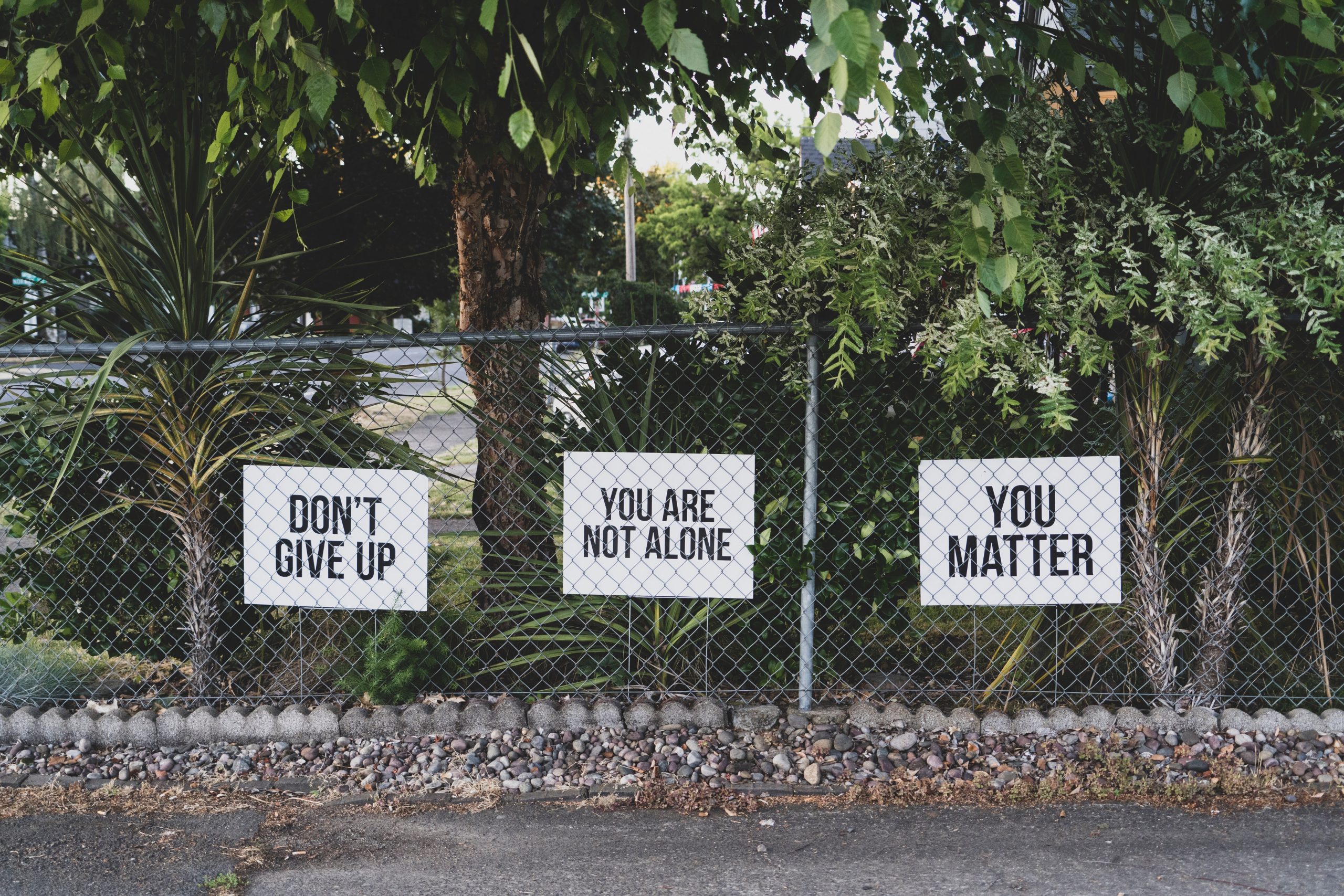BPD Awareness Month:
Envisioning a Positive Borderline Future
By El Barnes / 25 May 2021

Illustration by India Aparico
TW: Mental illness / suicide
Borderline personality disorder is a condition that has affected my relationships, governed my thought processes, and caused me to behave in ways that do not align with my beliefs and principles for longer than I can remember. I am writing this article, though, from a better place.
BPD affects around 7 in every 1,000 people in the UK, making it one of the most commonly diagnosed personality disorders. Despite this, and despite increased discourse surrounding the condition particularly in recent years, BPD is often left out of mainstream mental health awareness campaigns. BPD Awareness Month, which takes place in May each year, seeks to combat this by increasing BPD representation in important conversations, creating an opportunity for healthcare providers to learn how to better support those who suffer from the condition, and facilitating the existence of a safe space within which sufferers can talk about their experiences without fear of ostracisation.
The omission of BPD from mental health discourse is largely down to the stigmatisation of its symptoms, and their tendency to affect others as well as the patient – the NHS recognises the condition as one that ‘carries a stigma unlike many other diagnoses’. Symptoms include intense and volatile emotions, unpredictable anger, paranoia, black and white/all or nothing modes of thought, and fear of abandonment, all of which contribute to difficult and unstable interpersonal relationships. In addition, BPD is often observed alongside other conditions, such as depression, anxiety, addiction, eating disorders, and further personality disorders. As a result, borderlines are often told that we are exhausting, inconsiderate, and difficult to be around. The ‘you’re not ill, just a bad person’ anecdote is a common experience within the community.

Photo by Joshua Fuller on Unsplash
Less frequently talked about, however, is the genuine physical pain that accompanies these symptoms.
BPD is regarded as ‘the most painful’ mental health condition, with many patients comparing it to going through life with permanent third-degree burns – anything can trigger an emotional response so intense we feel physical pain. Typically, triggers are situations that non-borderlines may be completely comfortable in but that cause us to feel insecure in our interpersonal relationships and that therefore exacerbate our fear of abandonment – jealousy, doubt, and perceived rejection often play a significant role.
This in turn leads to the manifestation of other symptoms, such as impulsive behaviour as a form of escape from the pain, and lack of control we have over our emotions. These impulses include, but are not limited to, drug/alcohol abuse, reckless driving, and excessive spending, and can – and often do – extend to self-harm and suicidal tendencies.
Many borderlines have been accused of ‘threatening suicide’ as a means to avoid abandonment, which seems irrational to non-borderlines, but comes from a place of genuine emotional and physical pain – most patients with BPD ‘make multiple suicide attempts’, and up to 10% die by suicide, with the suicide rate being 400 times higher than that of the general population. Perhaps most shockingly, the US reports that BPD is the third leading cause of death in young women aged 15-24. As a means to avoid the pain, instability, and intensity that come with interpersonal relationships, many borderlines will keep people at arm’s length, and although increased empathy is regarded as one of the ‘positive’ traits of BPD, many actually experience reduced or dysfunctional empathy, which facilitates the creation of a solitary lifestyle. Although this avoidance may soothe symptoms, it is not regarded as a viable method of treatment and has negative long-term impacts.

Illustration by India Aparico
A strong support network is, therefore, vital in helping those with BPD manage their condition.
Although some triggers are impossible to avoid – for example, the incorrect perception of the tone of a text message/the emotion on someone’s face – it is important for anyone who chooses to have a relationship with a borderline to try to understand their friend/relative/partner’s personal triggers. There is a fine line between mental illness and culpability, and although nobody should feel responsible for someone else’s mental health or that they have to walk on eggshells, it is important to remember that anyone with a personality disorder has little to no control over their condition, including their triggers. Medical researchers have found abnormalities in both brain function and structure in BPD patients, and the condition can be impacted by both genetic and environmental factors, the latter of which typically consists of physical/emotional abuse and/or parental neglect.
BPD is sometimes referred to as the ‘untreatable disorder’, due to the complexity of its relationship with other mental health conditions, the ferocity of its symptoms, and the general difficulty patients have in overcoming them.
BPD Awareness Month is vital, therefore, in providing hope for borderlines and those who have relationships with them. Healthcare professionals – who are often complicit in, if not directly responsible for, the stigmatisation of the condition – have discussed the positive impact of increased BPD visibility on their knowledge of the condition and ability to provide for their borderline patients. This in turn helps to forge a safe space within which patients can freely discuss our symptoms and concerns, which we are often too ashamed to open up about. Feeling more accepted and less isolated subsequently has a positive impact on the intensity of our symptoms. The initiative also aims to celebrate the ‘positive’ borderline traits – those with BPD are often more empathetic, resilient, brave, creative, and passionate. In addition, there is a focus on teaching non-borderlines how best to support their borderline loved ones. As someone who has suffered intensely from the condition, I have noticed a marked improvement in my symptoms since surrounding myself with people who understand it and want to help me.

Photo by Dan Meyers on Unsplash
Although there is no official cure, experts now agree that therapies such as DBT and MBT are effective in combating the symptoms of BPD.
Antipsychotic medication can also help to reduce the emotional instability that comes with the condition. In addition, regular group therapy sessions are used increasingly to help borderlines feel safe and accepted and, therefore, better integrated into our communities. There is a consensus amongst both patients and medical professionals that the symptoms of BPD do subside over time, whether this is due to natural emotional maturation, effective treatment plans, or simply having lived with the condition so long that we learn how to better control it. Only a couple of years ago I was at the complete mercy of my disorder, with regular psychotic episodes that were so severe I was told I was experiencing the symptoms of schizophrenia, refusing to attend university, having consistent and volatile arguments with my loved ones, spending time in hospital on a drip, and feeling so intensely paranoid that I was convinced people were trying to kill me. Now, I barely recognise that person. This isn’t to say that I no longer suffer from any of the symptoms of BPD, I do, but I am in much better control of them and able to see that anyone with BPD is capable of having healthy, stable, lasting relationships, and a clear and consistent view of themselves, their place in the world, and what they want their future to hold.
Art by
Words by
Share this article

